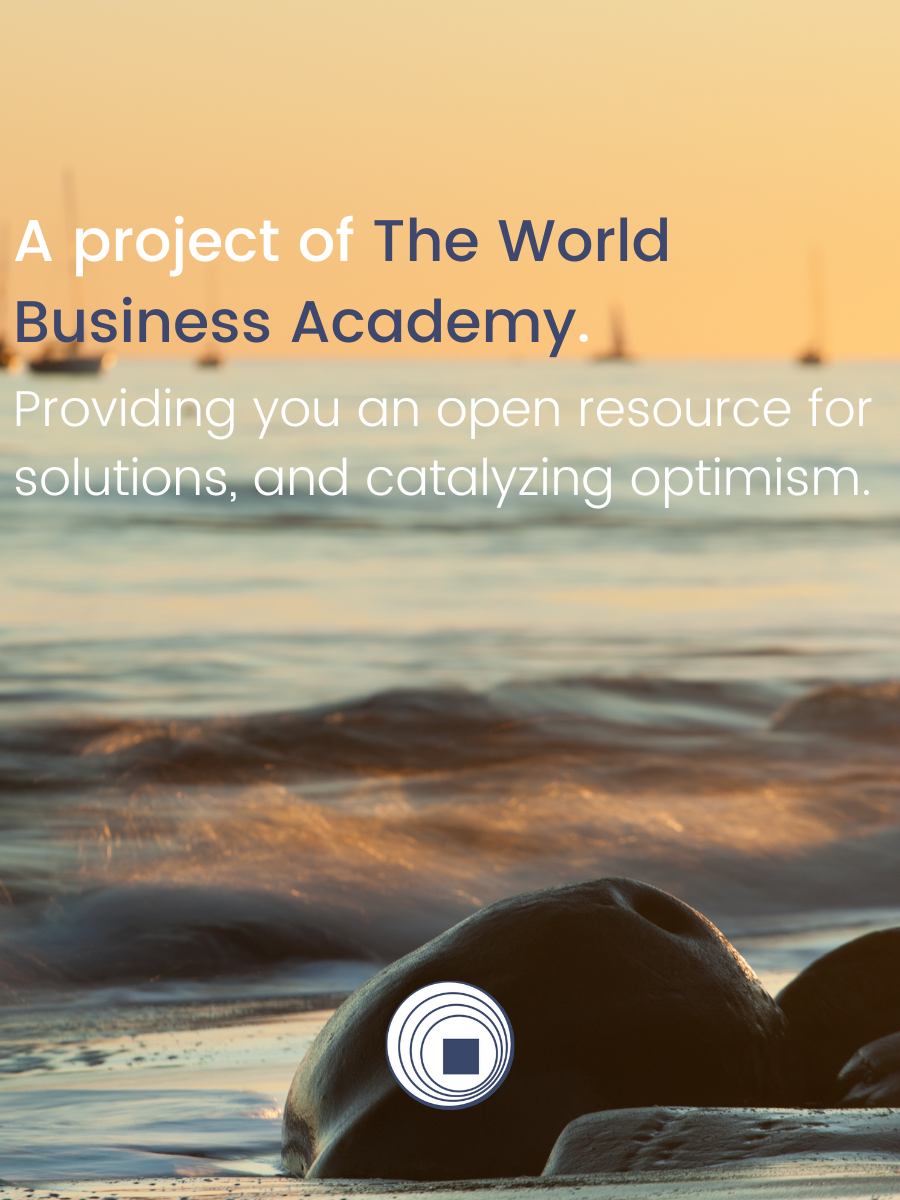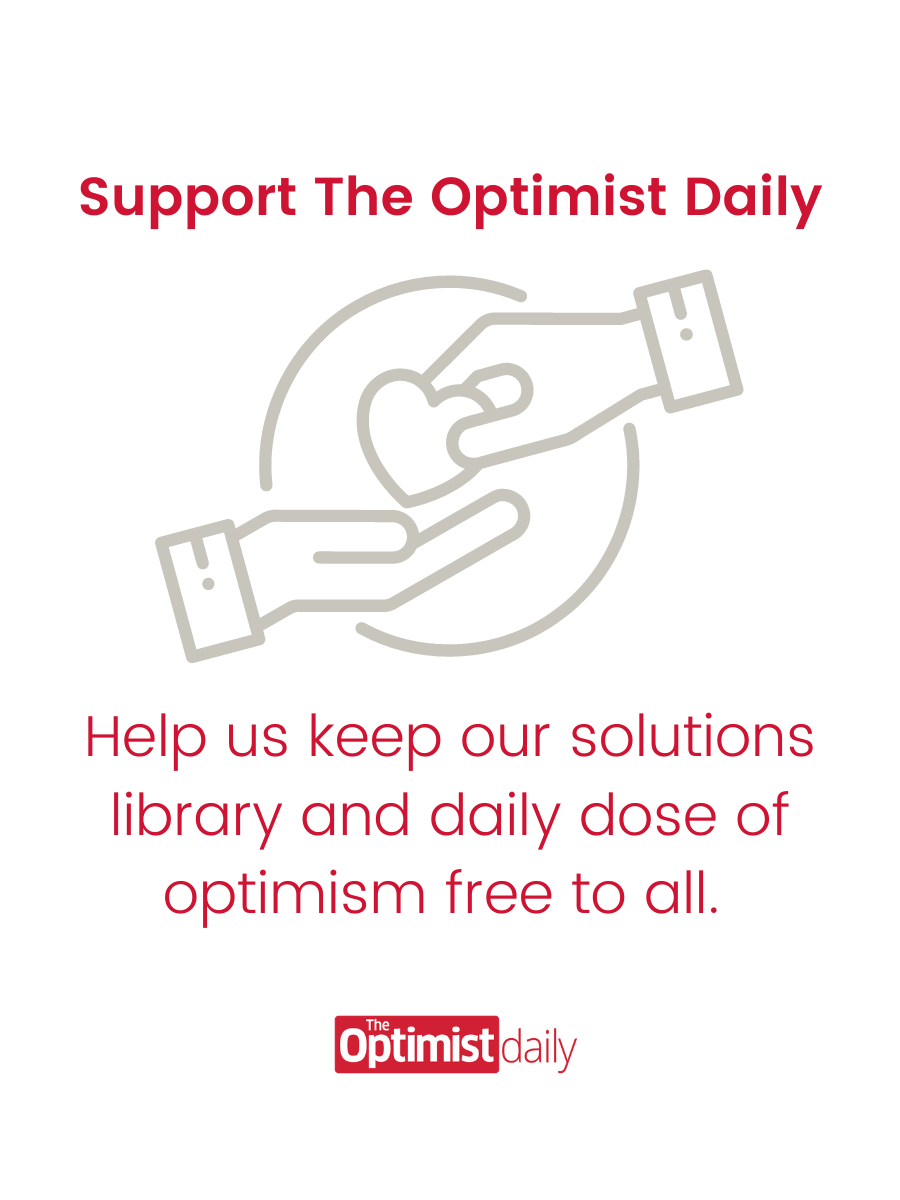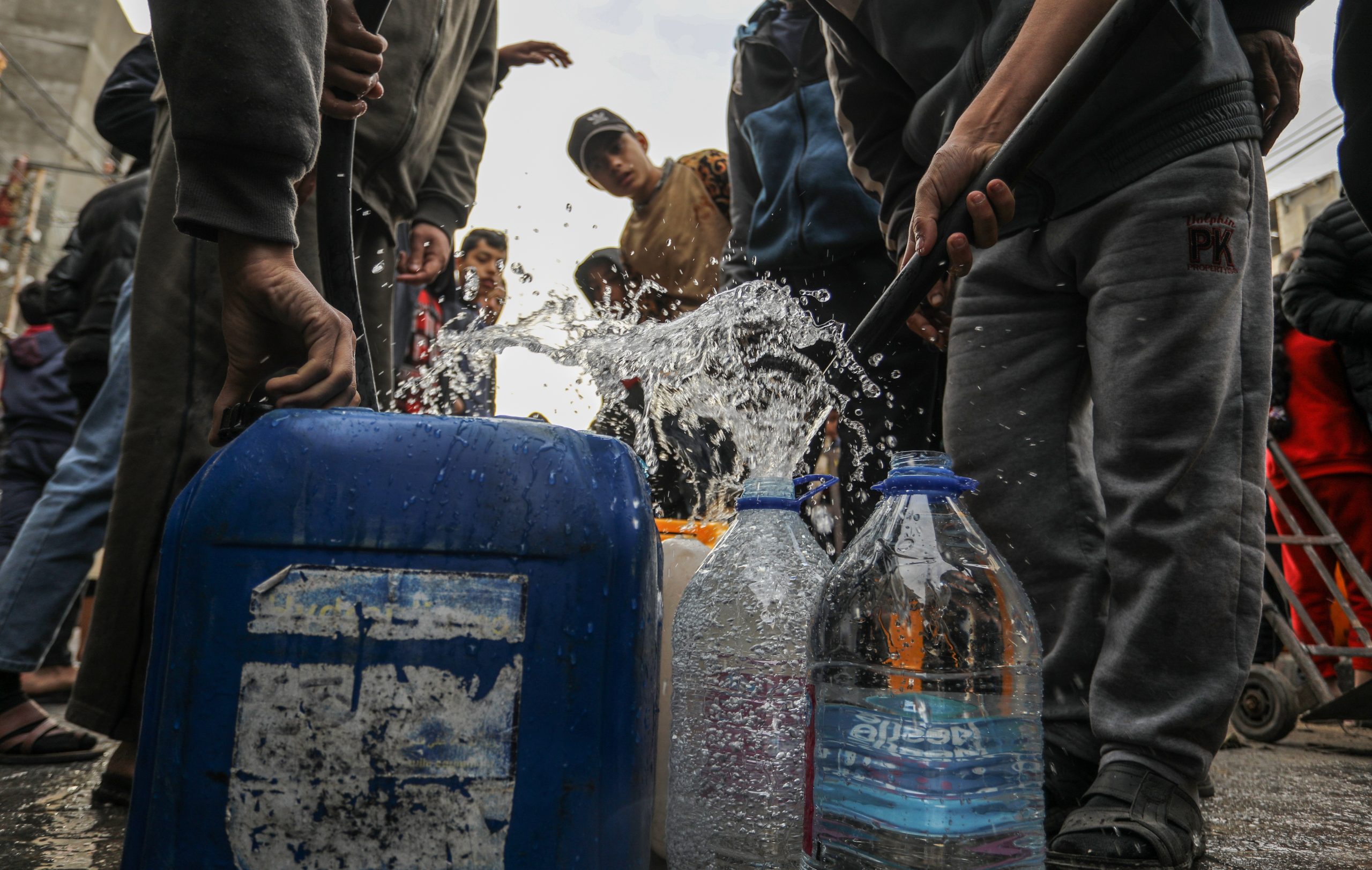In Florida’s Indian River Lagoon, a bold initiative began where volunteers gather to pour pallets of leafy greens into the water to feed the manatees gathered there. Initially, after some hesitation, a bold and curious pair of cows approached and started eating lettuce.
More would soon join, and eventually, hundreds of manatees came to finish every last bite of the 202,000 pounds of lettuce dumped in the Lagoon.
These gentle sea cows hold a special place in the hearts of Floridians, and state-wide conservation efforts are tackling the issue from multiple angles to protect these manatees.
Arid waterbeds
While Manatees’ status was fortunately changed from endangered to threatened in 2017, much work still needs to be done to ensure these creatures’ continued survival.
The various lagoons and water systems that the gentle sea cows call home have been widely negatively affected by human behavior. Boating collisions were once a big threat to manatees, but pollution is even worse. In particular, decades of waste from broken septic tanks and runoff from agricultural and developing areas have spawned algae growths that take sunlight away from the seagrass that usually grows in abundance. This seagrass is what Manatees primarily eat.
A multi-pronged approach
With the manatees’ main food supply threatened, conservationists have had to get creative. Some have urged state wildlife officials to take immediate action and begin transporting and planting hydrilla and water hyacinth, invasive water vegetation that grows rapidly and has proven to proliferate well along Florida’s waterways. Others suggest directly replanting the seagrass beds, improving storm drainage, or replacing septic tanks with sewer systems. The consensus is on restoring manatees’ lagoon habitats.
The feeding program of the Indian River Lagoon is an ad-hoc solution, one that has seen success for now, but more effort is still required to ensure that these gentle creatures won’t starve. There is good news, though. Researchers observed that some manatees have been migrating north of the Indian River Lagoon to Blue Spring and being able to find lots of seagrass to graze on. While the manatees have their own means of adaptation, humanity still needs to do everything it can to restore their natural feeding grounds.












